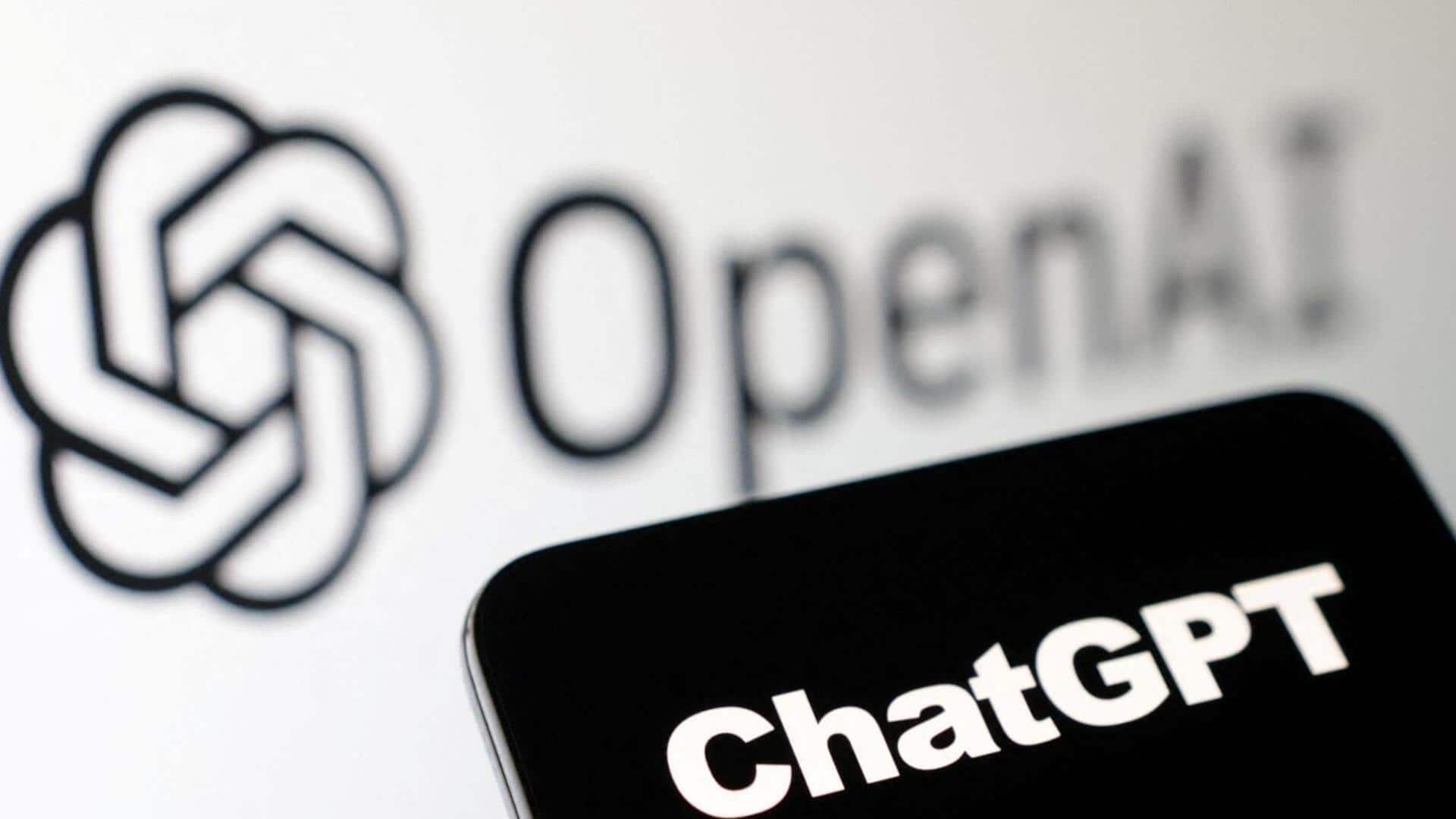For the past month, users of ChatGPT have noticed a peculiar change in the AI chatbot’s behavior, describing it as “lazy.” This shift is marked by delays in response times and a tendency to provide shorter or incomplete solutions, leading to widespread speculation on the reasons behind this unexpected behavior. As the AI community grapples with the mystery, the keyword “ChatGPT” has become synonymous with a wave of questions about the AI’s recent reluctance to perform certain tasks.
The GPT-4 Turbo announcement
Reports of ChatGPT’s “laziness” began circulating around two months ago, with users expressing dissatisfaction with the performance of ChatGPT Plus, the paid tier based on the GPT-4 large language model. Notably, users found themselves compelled to break down inputs into smaller chunks, facing frustration due to a limit of 50 messages every three hours.
The revelation came from OpenAI, the organization behind ChatGPT, in early December 2023, acknowledging the AI’s apparent slowdown. On X (formerly Twitter), OpenAI confirmed that GPT-4, the model powering ChatGPT, exhibited a notable decrease in activity, attributing it to the inherent unpredictability of large language models. Interestingly, ChatGPT could be spurred back into action with words of encouragement, tips, or a simple request to “take a deep breath.”
The GPT-4 Turbo effect
The potential reason behind ChatGPT’s sluggish behavior may be traced back to two significant developments coinciding with the initial reports. OpenAI introduced custom “GPTs” during its first “DevDay” developer conference on November 6, 2023. These GPTs allow paid users to create specialized mini chatbots within ChatGPT, trained with specific information for customized responses.
Simultaneously, OpenAI unveiled GPT-4 Turbo, a more advanced model succeeding GPT-4. Equipped with broader training data up to April 2023, lower pricing, and enhanced capabilities like vision and text-to-speech, GPT-4 Turbo can power third-party apps through APIs. While not explicitly stating an upgrade for ChatGPT to the Turbo model, it is speculated that transitioning to a newer model might explain the delays and suboptimal responses.
The human seasonal influence on ChatGPT
An alternative theory surfaces as developer Simon Willison suggests that ChatGPT’s responses may be influenced by the hidden timestamp of queries. According to Willison, the AI might interpret November and December as months for people to slow down, aligning with the winter break and holiday season. Data scientist Rob Lynch conducted a statistical analysis on X, revealing that query dates may indeed impact the results, with responses to queries marked for May being longer than those for December.
Despite the winter break hypothesis gaining traction, it faces criticism, with researcher Ian Arawjo questioning the reproducibility of results and highlighting the small scale of the comparison between queries labeled for May and December.
As the mystery behind ChatGPT‘s “lazy” behavior deepens, the AI community remains divided on the true cause. Is it the result of transitioning to GPT-4 Turbo, influenced by human seasonal patterns, or a combination of both? The lack of updates from OpenAI raises further questions, leaving users to speculate about the internal dynamics within the organization. As ChatGPT users adapt to the changes, the overarching question lingers: Is this a temporary glitch, a deliberate decision, or a sign of a more profound shift in the AI landscape?
What are your thoughts on ChatGPT’s recent behavior? Do you believe it’s a technical issue, a reflection of human seasonal patterns, or something else entirely?





